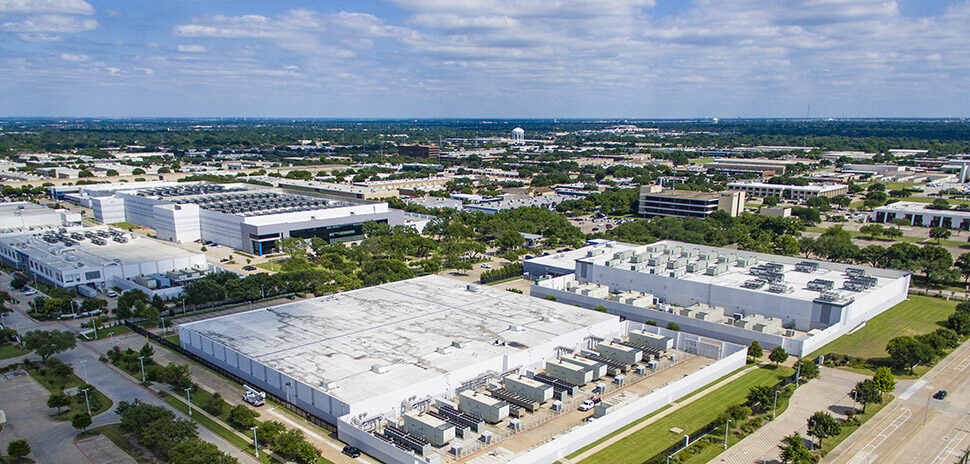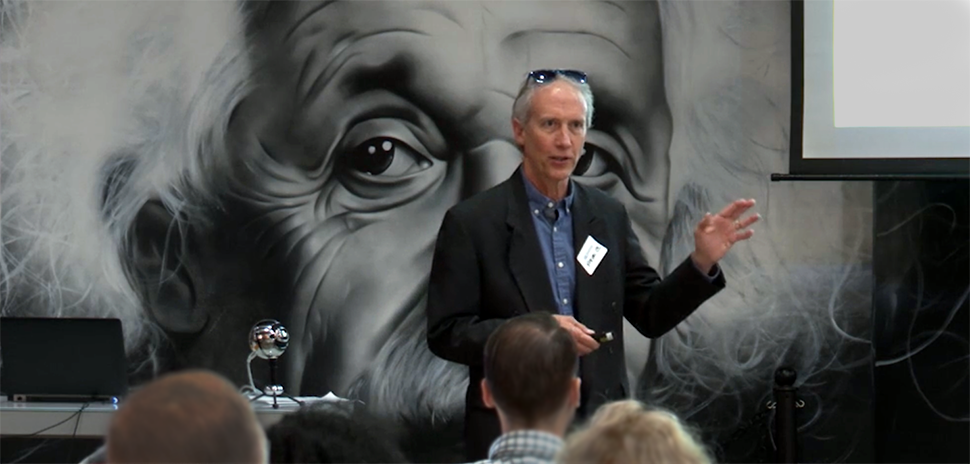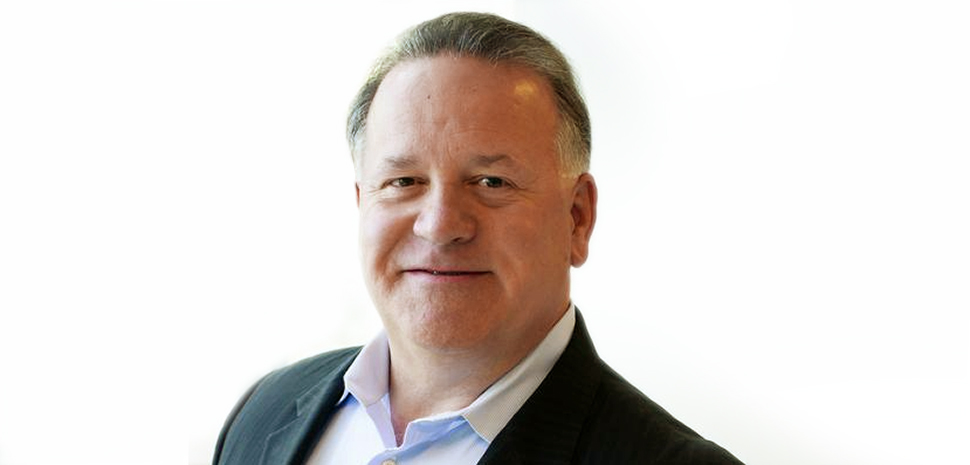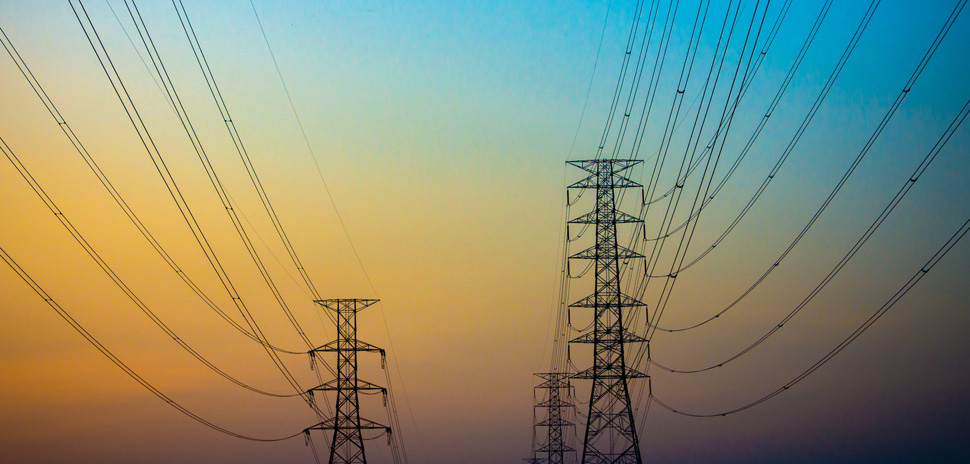What would you do with the time lost waiting for traffic lights to change?
Some drivers near the University of Texas at Dallas are finding out, if for only a one-mile stretch of road.
Traffic flow has been zipping along substantially better through a portion of Richardson along the border of the UTD campus.
That’s where university researchers have incorporated new technology they’ve developed that allows traffic-control devices to communicate with each other directly and work together to execute a timing strategy that improves traffic flow.
The technology, called DALI (Distributed, Agent-based traffic Lights), was first deployed in August 2018, and its effectiveness was measured over a three-week period in November along a one-mile stretch of road abutting UTD. A study of traffic flow found a 40 percent reduction in delays on average, and a 43 percent reduction in delays during weekday peak hours, according to researchers.
“A full deployment of DALI on the 128 signalized intersections of the City of Richardson could lead to millions of dollars of savings,” according to Dr. Rym Zalila-Wenkstern, associate professor of computer science in the Erik Jonsson School of Engineering and Computer Science, who developed DALI with her Ph.D. student, Behnam Torabi.
Video that shows the DALI system at work can see be seen here.
The self-syncing nature of the DALI-powered traffic control signals will substantially reduce the cost of manually adjusting traffic-signal controllers, she said. Transportation engineers estimate it can cost a city $16,000 to sync a single traffic control device.
What’s more, according to Zalila-Wenkstern, the DALI technology can be scaled out to any city that uses programmable traffic controllers that can be connected to a server via the internet.
The traffic lights operated by DALI-operated traffic controllers are located along a roughly one-mile stretch of Waterview Parkway as it intersects with Frankford Road, Synergy Park Boulevard, and Franklyn Jenifer Drive.
Here’s how DALI works, according to Zalila-Wenkstern:
- DALI-equipped traffic-control devices (also referred to as “agents”) observe and analyze traffic flow at their respective intersections;
- Each intersection traffic controller receives commands from an autonomous individual agent located in the UTD lab nearby;
- If a DALI traffic-control agent determines that its intersection is congested, it will deliberate and define a new timing plan;
- That DALI agent also determines which DALI-operated intersections nearby might be impacted by the new timing plan, and communicates with those devices;
- The DALI agents then negotiate and collaborate with one another to ensure that the traffic flow will be optimized throughout the intersections.
UTD researchers worked with City of Richardson traffic engineers for roughly two years in preparation for the launch of the DALI system, running computer simulations of how traffic flow would be impacted. They even collaborated on precursor research to the current system.
“DALI was validated by traffic engineers as well as through extensive simulation of the City of Richardson’s traffic network,” Zalila-Wenkstern wrote. “In addition, hybrid simulations (i.e., integration of controllers in the field with the simulator) were run to verify compliance with the strict traffic regulations.”
Zalila-Wenkstern and her research team at UTD developed the simulator referenced above—called MATISSE—to recreate the driving behaviors of drivers in a variety of scenarios and test how DALI could affect traffic flows.
City of Richardson Traffic Engineering & Operations Manager Robert Saylor said the successful trial run might lead to expanded tests at nearby intersections.
“Some next steps involve further benchmarking the system’s gains against traditional traffic signal timing optimization programs, looking at expanding the system test to adjacent intersections, and possibly testing the system in a different corridor to see if similar results occur under different conditions,” he told Dallas Innovates in an email.
Aside from its autonomous capabilities, the DALI system can be incorporated into advanced citywide transportation control systems, such as the $9.8 million traffic-control project between the City of Dallas and Ericsson, according to Zalila-Wenkstern.
The DALI system was one of 50 innovations to receive the 2018 Smart 50 Awards, which recognize the most innovative and influential work in the world.
The potential of DALI has also captured the interest of Tom Bamonte, senior program manager for automated vehicles at the North Central Texas Council of Governments.
“It is exciting to see transportation technology innovation happening in North Texas,” Bamonte says. “Such innovation will improve roadway operations and safety and provide employment and economic development opportunities for the region.”
![]()
Get on the list.
Dallas Innovates, every day.
Sign up to keep your eye on what’s new and next in Dallas-Fort Worth, every day.





![A NASA illustration depicts the idea of a future air taxi hovering over a municipal vertiport. [Rendering: NASA/Lillian Gipson and Kyle Jenkins]](https://s24806.pcdn.co/wp-content/uploads/2021/06/DRC-NTCOG-NASA-970-970x464.jpg)


























